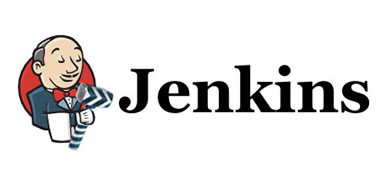
In this tutorial, we will show you how to install Jenkins on CentOS 7. For those of you who didn’t know, Jenkins is an open-source continuous integration tool written in Java. Jenkins provides continuous integration services for software development. It is a server-based system running in a servlet container such as Apache Tomcat. It supports SCM tools including AccuRev, CVS, Subversion, Git, Mercurial, Perforce, Clearcase, and RTC, and can execute Apache Ant and Apache Maven-based projects as well as arbitrary shell scripts and Windows batch commands.
This article assumes you have at least basic knowledge of Linux, know how to use the shell, and most importantly, you host your site on your own VPS. The installation is quite simple. I will show you the step-by-step installation of Jenkins on CentOS 7.
Prerequisites
- A server running one of the following operating systems: CentOS 7.
- It’s recommended that you use a fresh OS install to prevent any potential issues.
- SSH access to the server (or just open Terminal if you’re on a desktop).
- A
non-root sudo useror access to theroot user. We recommend acting as anon-root sudo user, however, as you can harm your system if you’re not careful when acting as the root.
Install Jenkins on CentOS 7
Step 1. First of all, we have to install Java JDK.
Installing Java using the following command:
yum install java-1.7.0-openjdk wget
Step 2. Install Apache webserver.
Installing Apache using the following command below:
yum install httpd
Step 3. Add Jenkins repository packages.
sudo wget -O /etc/yum.repos.d/jenkins.repo http://pkg.jenkins-ci.org/redhat/jenkins.repo sudo rpm --import https://jenkins-ci.org/redhat/jenkins-ci.org.key
Step 4. Install Jenkins on CentOS 7.
yum install jenkins
Step 5. Configure firewall.
sudo firewall-cmd --zone=public --add-port=8080/tcp --permanent sudo firewall-cmd --reload
Step 6. Start Jenkins service.
sudo /etc/init.d/jenkins restart systemctl restart jenkins.service
Jenkins will write log files to /var/log/jenkins/jenkins.log. Check this file if you are troubleshooting Jenkins.
Step 7. Access Jenkins.
Finally, after the installation is complete you can visit the following address in your browser:
http://your-ip-address:8080
Congratulations! You have successfully installed Jenkins. Thanks for using this tutorial for installing the Jenkins web server on CentOS 7 systems. For additional help or useful information, we recommend you to check the official Jenkins website.